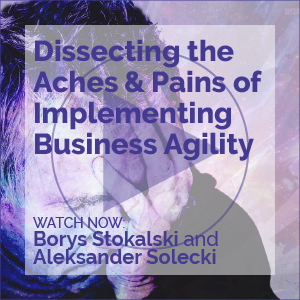Nine Key Lessons Learned from Steve Jobs, When Good Data Goes Bad, more.
Nine Key Lessons Learned from Steve Jobs, When Good Data Goes Bad, more.
Failing to Ask the Right Question
Failing to Ask the Right Question
Choosing the Right Digital Tools for Innovation Management
Choosing the Right Digital Tools for Innovation Management
Embracing the Values and Practices of Steve Jobs
Survey: IPA Will Have Most Significant Impact on Banking & Financial Services
3 Myths About Building Diverse Workforces
In the Pandemic’s Wake, AI/ML Technologies Have Gone Mainstream
Look Beyond ROI in Early-Stage AI Projects
Nearly all software projects are premised on understanding user needs and requirements. In our experience with clients, we typically address this phase by working with prospective users to develop use cases. What are some common use cases? Well, it depends on the company, but we’ve seen use cases primarily fall into four categories for early-stage, toe-in-the-water AI compared to full-scale ML efforts:
Market and consumer intelligence
Sales and marketing
Pricing and optimization
Customer care
Look Beyond ROI in Early-Stage AI Projects
Nearly all software projects are premised on understanding user needs and requirements. In our experience with clients, we typically address this phase by working with prospective users to develop use cases. What are some common use cases? Well, it depends on the company, but we’ve seen use cases primarily fall into four categories for early-stage, toe-in-the-water AI compared to full-scale ML efforts:
Market and consumer intelligence
Sales and marketing
Pricing and optimization
Customer care






















